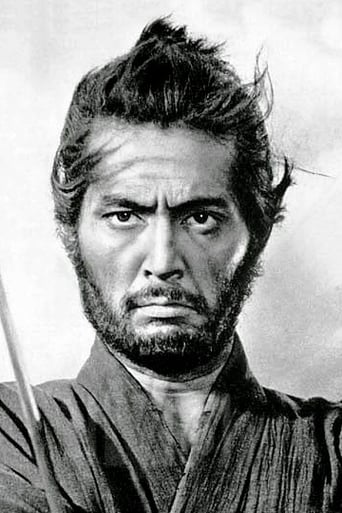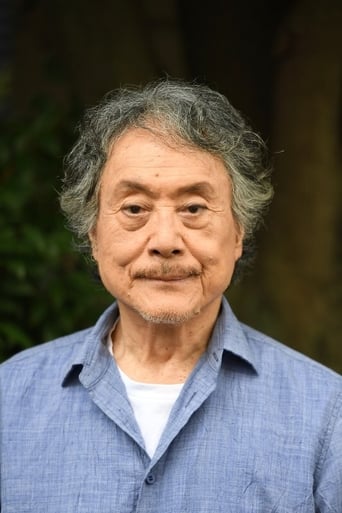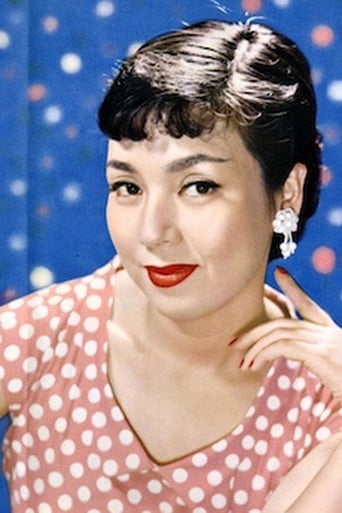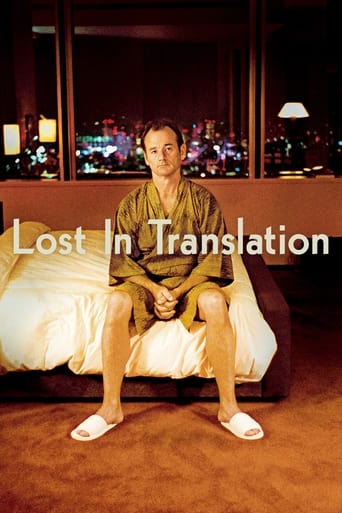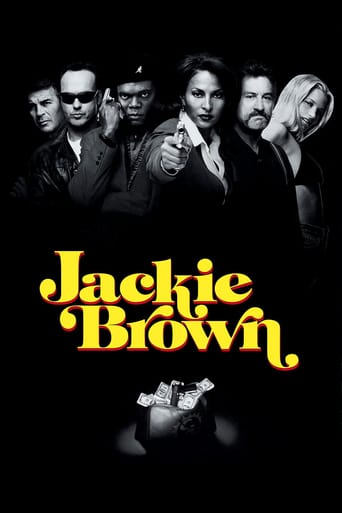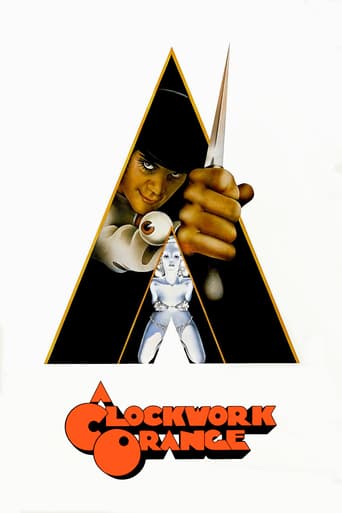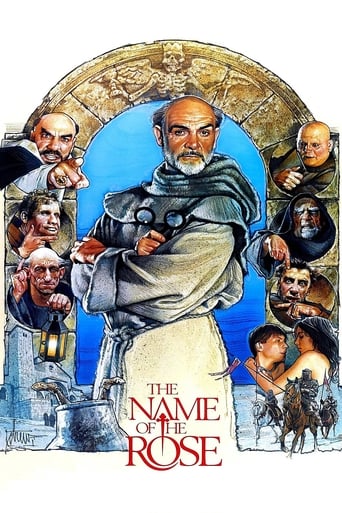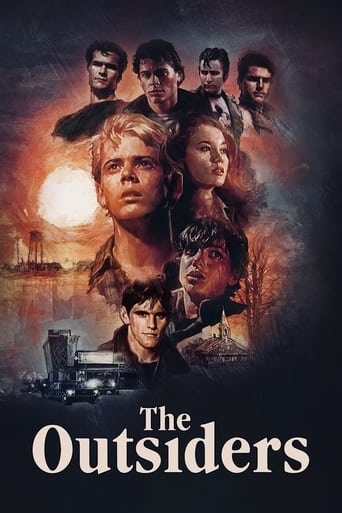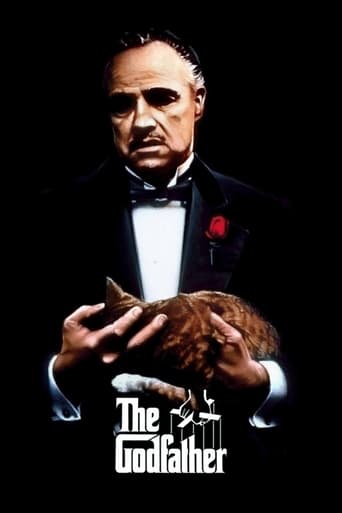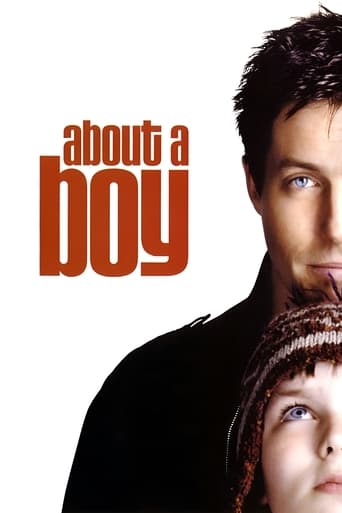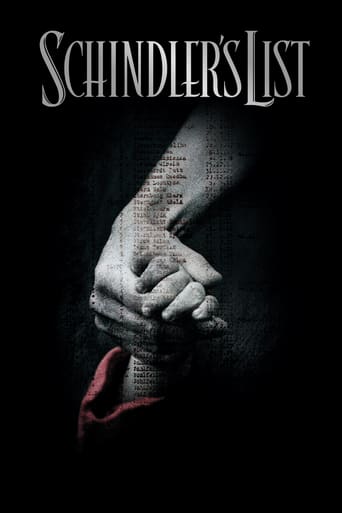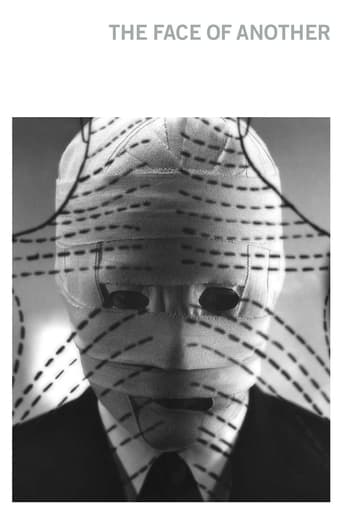
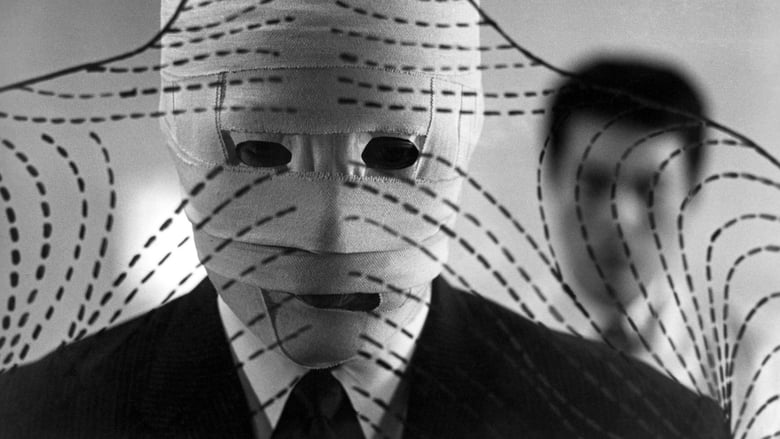
The Face of Another (1967)
A businessman with a disfigured face obtains a lifelike mask from his doctor, but the mask starts altering his personality.
Watch Trailer
Cast


Similar titles
Reviews
Viewed on DVD. Production design = eight (8) stars. Director Hiroshi Teshigahara has created a Japanese film all but devoid of Japanese content (except for Japanese actresses and actors). Instead, the Director has tried (with varying degrees of success) to duplicate many famous (often bizarre) scenes from contemporary European (mostly French and Italian) movies and strung them together like beads on a second-hand necklace. To say that Teshigahara is obsessed with faces would be an understatement! (He also seems to have a bit of a thing for ears.) The plot is focused (more or less) on constructing an experimental latex mask (with some atypical properties) for the victim of an apparent industrial accident, and the impacts from wearing same. The mask is created by a "plastic surgeon" (with skills indistinguishable from a talented movie make-up artist) who also fancies himself an amateur psychologist and philosopher (and spouts corresponding lines of mumble-jumble dialog). Also tossed in are: groups of faces (from a grid of several dozen mug shots to scenes of a faceless street crowd of extras all sporting tight-fitting paper bags covering their heads); an attractive woman with half her faced badly scared (apparently the result of atomic bomb exposure); women applying makeup "to become humble"; and a selection of close-up facial expressions associated with various emotions. And to cover a few more bases, the Director injects incest, suicide, cuckolding by the cuckolded, the importance of odor, fun with a yo-yo, and on, and on. The film's closing scenes are (more or less) meaningless. Acting is pretty good despite much repetitious dialog between the principal male protagonists. Actress Kyôko Kishida's performance is outstanding. Once again she demonstrates why she is the most talented, consistently exciting, and attractive Japanese screen actress of the 1960's. The real star of this film, however, is the designer of the stunning medical lab set (Masao Yamazaki?). Not only does it look ahead of its time, but also today (50 years later) it still looks to be from far into the future! (Walls are transparent with no visible means of support and covered with see-through medical charts and abstracts of art artifacts. Plus lots of chrome and stainless steel accents. Instruments and lighting (and everything else) are wireless.) Cinematography (narrow screen, black & white) is fine despite using an antique process (due to budget constraints?). There are numerous in-camera effects. Lighting is okay; consistency of inter-scene lighting is good. Subtitles are fine. Music consists of an orchestral waltz played under the opening credits and musical like sounds heard here and there. After you have savored the medical lab set (conveniently, most of these scenes are clustered together), hit your player's eject button and move on. WILLIAM FLANIGAN, PhD.
I have a physiology exam tomorrow, but since I realized I'm able to write reviews and this is one of my favorite movies, I feel like ranting for a bit on this particular film. You see, I go out on a limb searching several 'Greatest Films' lists, reading film reviews, obsessing over films, etc and it all boils down to one thing: watching a good film. This... is a good film. You watch it knowing you're not wasting your time because you're having fun because the director is doing lots of fun things, for eg. two people are having a conversation and all of a sudden the camera rotates 90 degrees, or some kid getting an injection and out of no where comes this lady washing a plate on her bed while flying through town, but the best part I think is it's such a good psychological drama, probably the best in its genre (just kidding, I'm only trying to sound professional), but it does dig deep into your psych. Also, very beautifully photographed, this director is something else. OK, maybe I should study now. I hoped you enjoyed this review. Thank you for reading.
A film as brilliant as it is unsettling, the story of Okuyama, a married man who gets disfigured in the face by an industrial accident and goes to a psychiatrist, who makes a mask for him to wear. Tatsuya Nakadai is not even recognized until 50 minutes into the film, otherwise his face is in bandages. Its amazing what happens from there, what Okuyama discovers about himself once he dons the mask (or, the mask dons him) and how it has changed him. If the film centered only on him it would be more than fine. However, there are two unusual female roles which deserve mention: One is a girl who is obsessed with yo-yo's and who knows that Okuyama is the person in the mask (you will see why). The other is the very pretty Miki Irie, whose story is similar to Okuyama in that she is horribly disfigured, but her hair hides it until it doesn't. Okuyama and this lady never meet, which I think is a great idea, since wearing the mask means Okuyama does not have to show his disfigurement in public. The acting is uniformly wonderful, with lesser but pivotal roles by Machiko Kyo as Okuyama's wife and Kyoko Kishida as the nurse. Just be warned that this film is in no way conventional. It is a psychological drama rather than science fiction. I thought it was excellent.
Mr. Okuyama is involved in an accident at work which melts off his face and this understandably is constantly nagging him. This makes a mark on the relationship with his wife as he talks out at her about how miserable he is and what a monster he has become. He then talks his psychiatrist into making him a new face (which was quite easily done since the psychiatrist has had these kind of thoughts before) and he then goes on 'vacation'.This is so excellent in every way. It is not a sci-fi movie, but in feel it sometimes comes close to. The images are quite surreal at times, the music is out of this world and some of the sets are not to be found in real life.The editing is masterfully done, switching between main story and a parallel story about a girl with a similar problem, as well as switching between hand-held camera (not too shaky though), still pictures and still standing camera. The pictures of Segawa Hiroshi fits 35mm nicely, sometimes manipulating the background like I haven't seen before for example when the psychiatrist and Mr. Okayama is talking at the club and the crowd behind get 'invisible' by lighting.Kyou Machiko did a terrific job in Ozu's 'Ukigusa' and likewise here. Too bad we don't see that much of her. Nakudai Tatsuya plays well as the mask. I don't know exactly what was special effects and not, but it was hard to tell.Author and writer of screenplay Abe Koubou, director Teshigahara Hiroshi and Takemitsu Touru was behind another favourite of mine; 'Suna no Onna'. They also made 'Moetsukita Chizu' and I cant wait to get my hands on it!!


